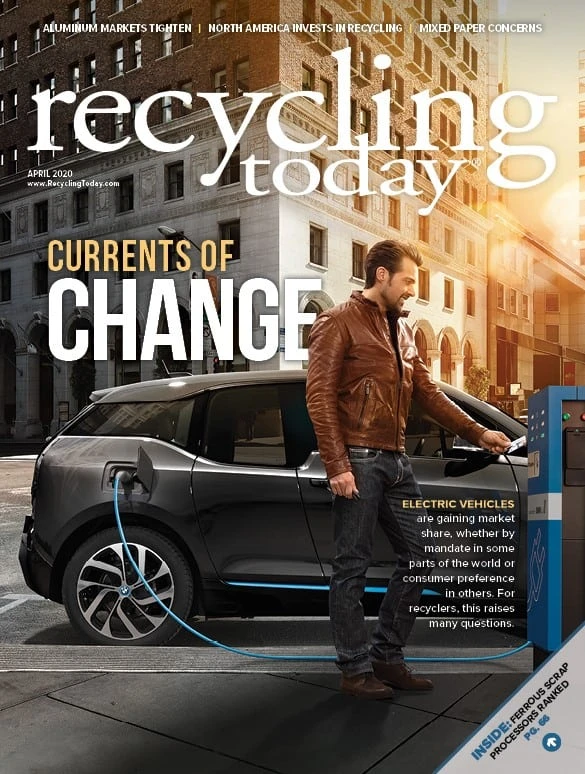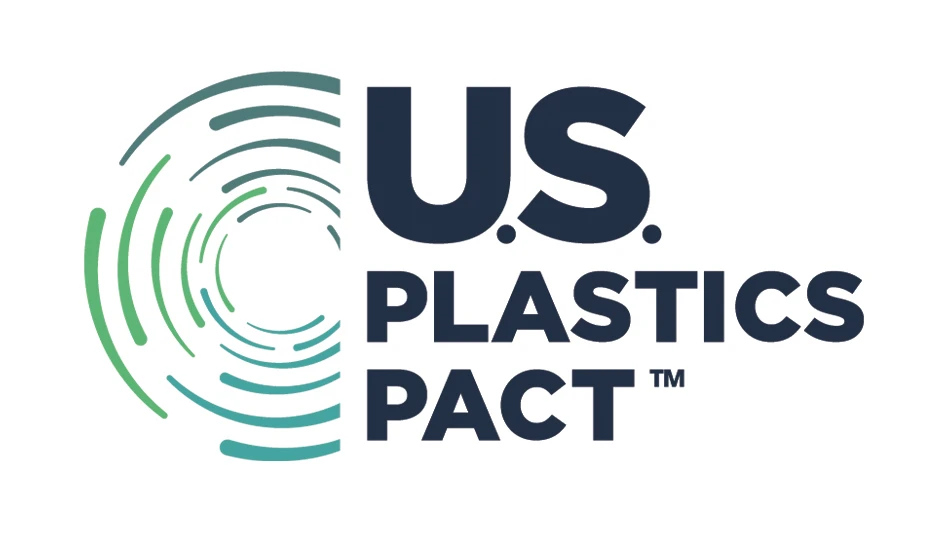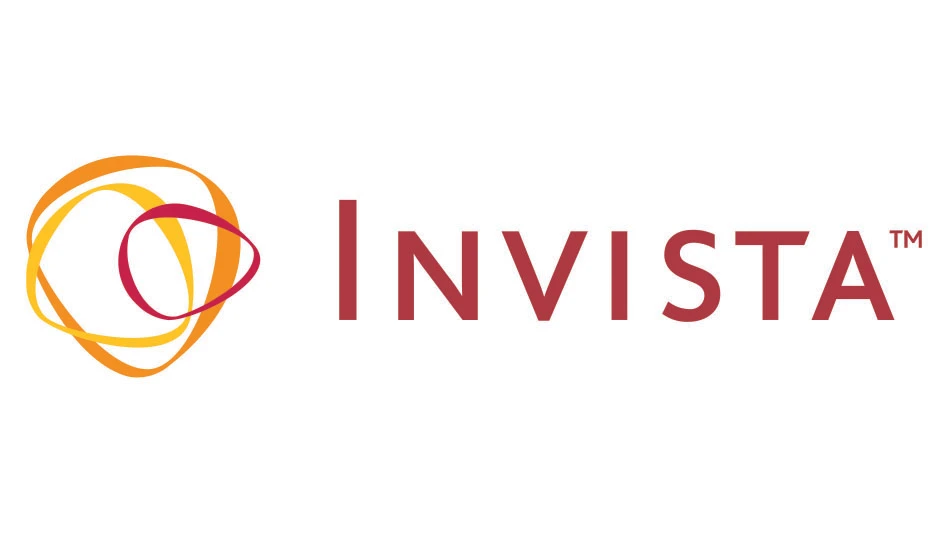
The 50th anniversary of Earth Day is ideal for bringing your recycling communications in line with best practices.
In 1970, consumers were exposed to 500 media messages daily on average. Today, that number exceeds 5,000. Using custom data to develop personalized strategic communications and tailoring a powerful recycling message with a multimodal strategy can make positive behavior change a possibility for local recycling programs.
Start with research
The city of Lakeland, Florida, has a respectable recycling participation rate averaging 76 percent; however, the contamination rate is nearly 20 percent. Some of the contamination can be attributed to eager residents who believe certain materials/items are recyclable, even if they are not currently accepted in the curbside bin. The city knew it needed an innovative approach to combat this “wishcycling,” so it worked with Resource Recycling Systems (RRS), Ann Arbor, Michigan, to launch a strategic communications campaign.
The first step was to gather information. RRS interviewed drivers, supervisors, material recovery facility (MRF) partners and frontline customer service staff from several city departments, including the solid waste and recycling department. Ride-alongs in recycling and solid waste vehicles serving residents were conducted to gain insight into common complaints and compliments about the program from key internal stakeholders. Additionally, data from a recent MRF recycling composition study determined the top contaminants: plastic bags/film, clothing, foam packaging and yard waste.
Then it was time to hear residents’ perspectives. According to a survey of 1,644 residents, 29 percent said confusion about what is recyclable was the biggest barrier to recycling. A secondary barrier was department branding. Lakeland residents had difficulty distinguishing services provided by the city from those provided by a neighboring county.
“Research was really important to us in embarking on this campaign,” says Gene Ginn, Lakeland solid waste and recycling manager.

The same survey revealed 38 percent of residents agreed a communication campaign was the best method to combat recycling uncertainty.
For various reasons, some communications campaigns may not have the luxury of precampaign resident surveys. For example, the city of Louisville, Kentucky, first launched a recycling campaign for the metro service area featuring acceptable foodservice packaging items. As part of the Foodservice Packaging Institute’s (FPI’s) Community Partnership program, the city used baseline information, such as contamination rate, website traffic and the number of searches to its new What Goes Where app to develop a plan and set measurable goals for its 2019 campaign.
Denver added paper cups to its recycling program in November 2018 in partnership with the FPI. In early 2019, Denver Recycles, the division of Denver Public Works that manages recycling and composting, sent a direct-mail postcard to 181,000 single-family homes explaining how to recycle paper cups and encouraging residents to complete an online survey about their current behavior when recycling paper cups. With 556 resident responses, the survey found that 89 percent self-identified as regular recyclers, though 44 percent had been recycling paper cups before the media announcement. When asked about how to prepare the cups for recycling, most respondents knew to discard lids and straws.
“I think we make assumptions about what our residents are doing or what they understand about our program,” says Courtney Cotton of Denver Recycles. “The reality is that you don’t know until you ask them.”
Get there by planning
In the planning stages, use your research to set measurable goals, plan the tactical elements of your outreach and evaluate your campaign to ensure the desired communication outcomes align with the intended operational successes.
When Louisville refreshed its digital communications campaign for foodservice packaging in its accepted materials list, the city needed a way to measure not only the material collection improvements but also communication improvements. The city set goals to increase traffic to its What Goes Where app by 10 percent within the first year of the launch, to reach 200 views of a recycling education video within three months of release and to decrease contamination by 2 percent.
Lakeland set goals to reduce contamination within the first six to 12 months and the number of phone calls to the city by driving traffic to the program website and to decrease the number of bagged recyclables and film in curbside containers.
Once research is completed and goals are set, now it is time to decide how to get there.
Lakeland saw the need to create a new brand and message that distinguished itself from the neighboring county, helped to reduce contamination and reinforced the overarching themes that residents said they valued in their survey responses.
“Making a difference by recycling is something our resident’s value, and they can make the biggest difference when recycling the right items in their blue cart each week,” Ginn says.
Lakeland’s message focuses on the rebranded Every Blue Cart Makes a Difference campaign and Bag-Free Recycling initiative that seek to encourage residents to recycle paper; flattened cardboard; and metal, plastic and glass bottles and containers—loose in their blue recycling cart.
Past recycling communications focused on an exhaustive list of prohibitives. Today’s recyclers seek quick visual messages. Lakeland’s research pinpointed the top contaminants and focused on foam, bags/film, batteries and clothes.
Ready, set, implement
A mixture of tried-and-true tactics and modern measurable digital outreach can lead to noteworthy outcomes. Lakeland’s campaign kicked off Nov. 1, 2019, with a media segment in celebration of America Recycles Day and will continue throughout 2020, introducing the recycling program “face-lift.” Lakeland plans to participate in more than 40 events annually, providing flyers, magnets, pop-up banners, branded tablecloths and giveaways to reinforce a consistent recycling message to an estimated 51,000 attendees.
Lakeland’s outreach included collateral reaching residents on several platforms. The outreach toolbox included a rebranded logo and tagline, partnering with the city’s communications and marketing department for a website refresh, social media posts and seasonal “naughty and nice” items via recycling video shorts. Moving billboards tout its Bag-Free Recycling campaign and a direct-mail contest using community-based social marketing tactics is planned.
Louisville launched a two-month digital campaign reminding residents to recycle empty cups and takeout containers. Digital advertisements drove traffic to the What Goes Where app and to a new bilingual video on the city’s website. Recycling representatives participated in school and public events with redesigned flyers.
Measure success
Behavior change isn’t always easy to measure. With the proper planning and a laser focus on specific, measurable, attainable, relevant and time-based (SMART) goals, behavior change can be quantified.
Denver Recycles will compare data from the surveys conducted early in the campaign with those from a postcampaign survey to continue to learn about current overall recycling behaviors, the most effective communications methods to reach Denver households and how closely residents are following recycling instructions. Program staff can adjust their outreach for the next round of recycling communications to have an even more customized approach that will connect with residents.
Karen Maynard, Louisville recycling manager, says, “There are so many moving parts and communication components from staff to MRF to residents that have to work together to keep recycling participation up and contamination down—it’s never just one and done,” Maynard says.
Louisville’s communications in the ad campaign refresh surpassed its anticipated 10 percent increase in online searches with an astounding 45 percent increase in searches using the Recycle Coach app, during the city’s two-month digital media advertising campaign to mid-February. The video, which was launched with a target of 200 views during the campaign period, garnered more than 14,000 views in English, and more than 2,000 views for the Spanish version. When goals exceed expectations to such a degree, it is best to reevaluate your percent of change for your next campaign launch.
If you have goals for your recycling program, such as increasing participation or decreasing contamination, consider how an investment in your outreach could take your program’s performance to the next level. Then build a strategic communications campaign, using research, planning, implementation and evaluation to achieve, and even exceed, those goals. That is SMART recycling communication for the present and future.

Explore the April 2020 Issue
Check out more from this issue and find your next story to read.
Latest from Recycling Today
- NRC seeks speakers for October event
- LME identifies Hong Kong warehouses
- Greenville, Mississippi, launches aluminum can recycling program
- Cotton Lives On kicks off 2025 recycling activities
- Georgia-Pacific names president of corrugated business
- Sev.en Global Investments completes acquisitions of Celsa Steel UK, Celsa Nordic
- Wisconsin Aluminum Foundry is a finalist for US manufacturing leadership award
- MetalX announces leadership appointments





